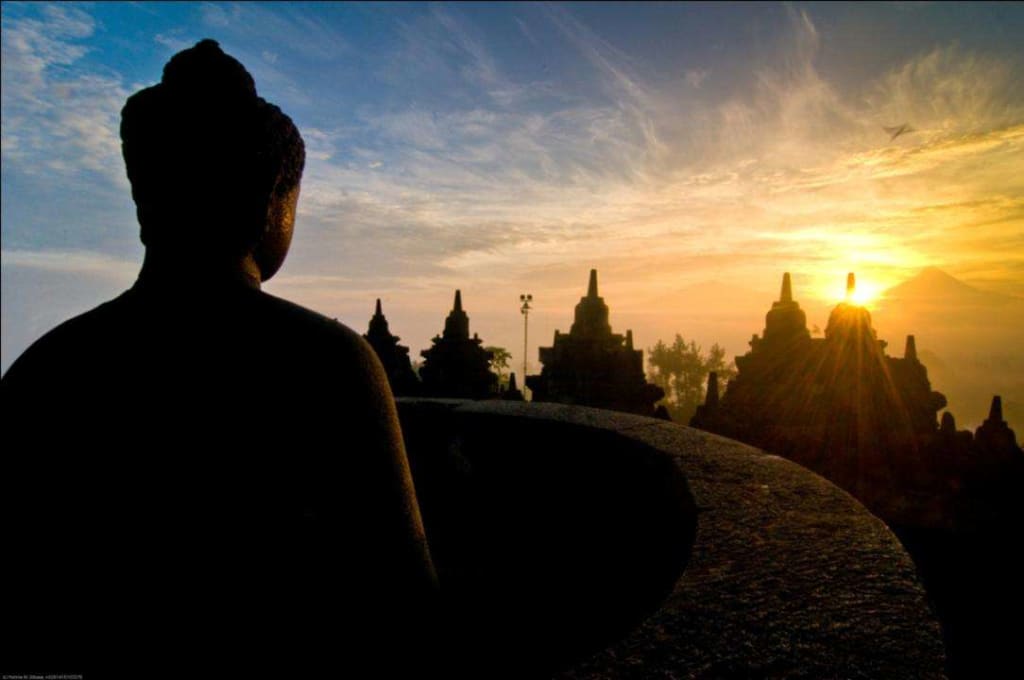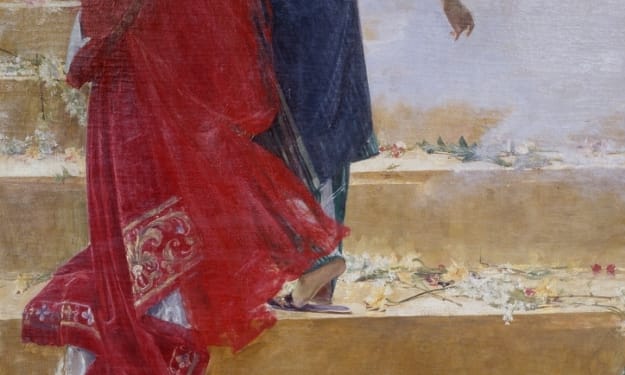Unveiling the Enigmatic Wonder of Ancient Java
Borobudur Temple, Central Java

Nestled amidst the lush landscapes of Central Java, Borobudur Temple stands as a testament to the remarkable achievements of the ancient Javanese civilization. This awe-inspiring Buddhist monument, dating back to the 9th century, is not only a remarkable architectural marvel but also a living testimony to the rich cultural and religious heritage of the region. In this historical article, we delve into the origins, significance, and restoration of Borobudur Temple, unraveling the mysteries that shroud this enigmatic wonder of ancient Java.
1. Origins and Construction:
Borobudur Temple was commissioned during the Sailendra dynasty, which reigned over Java from the 8th to the 9th century. It is believed that the temple was built during the reign of King Samaratungga, serving as a grand expression of devotion to Buddhism. The temple's construction employed thousands of skilled artisans and laborers who meticulously carved and arranged two million stone blocks without the use of any mortar. This colossal undertaking resulted in the creation of one of the largest Buddhist monuments in the world.
2. Architectural Splendor:
Borobudur Temple's architectural design is a harmonious fusion of indigenous Javanese elements with influences from Indian Gupta and Gandhara art. The temple is a colossal structure comprising nine stacked platforms, which are further divided into a pyramidal base, three circular levels, and a monumental stupa at the top. The temple's walls are adorned with over 2,600 intricately carved relief panels, depicting scenes from Buddhist teachings, mythical narratives, and glimpses of ancient Javanese life. The monument's grandeur and meticulous craftsmanship continue to captivate visitors from around the globe.
3. Symbolism and Spiritual Significance:
Borobudur Temple serves as a visual manifestation of Buddhist cosmology and the path to enlightenment. The monument's structure represents the microcosm of the universe, with the lower levels symbolizing the mundane world of desire and attachment, while the upper levels represent the spiritual realms. As visitors ascend the temple, they follow the path of enlightenment, guided by the relief panels that depict the teachings of Buddha and the principles of Buddhist philosophy. The monumental stupa atop the temple signifies nirvana, the ultimate goal of spiritual liberation.
4. Rediscovery and Restoration:
For centuries, Borobudur Temple remained hidden beneath volcanic ash and dense vegetation, known only to local communities. It was rediscovered in the 19th century by Sir Thomas Stamford Raffles, a British statesman. Recognizing its historical and cultural significance, efforts were made to excavate and restore the temple, which had suffered from volcanic eruptions, earthquakes, and the effects of time. Extensive restoration work, supported by UNESCO and the Indonesian government, was carried out in the 20th century to preserve this invaluable heritage site for future generations.
5. UNESCO World Heritage Site:
In 1991, Borobudur Temple was inscribed as a UNESCO World Heritage Site, recognizing its outstanding universal value and cultural significance. The site attracts millions of visitors each year, who come to marvel at its architectural splendor and immerse themselves in its spiritual ambiance. It serves as a bridge connecting people from diverse backgrounds, cultures, and religions, fostering a deeper understanding and appreciation of the shared human heritage.
Conclusion:
Borobudur Temple stands as an enduring testament to the brilliance of ancient Javanese civilization, showcasing the intricate melding of art, architecture, and spirituality. Its towering presence, adorned with captivating relief panels, transports visitors back in time, offering glimpses of a bygone era and a profound understanding of the spiritual journey. As we cherish and protect this treasured monument, we ensure that the legacy of Borobudur Temple lives on, inspiring generations to come with its beauty, wisdom, and enduring cultural significance.
About the Creator
Enjoyed the story? Support the Creator.
Subscribe for free to receive all their stories in your feed. You could also pledge your support or give them a one-off tip, letting them know you appreciate their work.





Comments
There are no comments for this story
Be the first to respond and start the conversation.